
Coupling Machine Learning to Numerical (Climate) Models: Tools, Challenges, and Lessons Learned
2024-06-03
Precursors
Slides and Materials
To access links or follow on your own device these slides can be found at:
jackatkinson.net/slides
Licensing
Except where otherwise noted, these presentation materials are licensed under the Creative Commons Attribution-NonCommercial 4.0 International (CC BY-NC 4.0) License.
Vectors and icons by SVG Repo under CC0(1.0) or FontAwesome under SIL OFL 1.1
Weather, Climate, and Machine Learning
The first weather model
In ~1916 Lewis Fry Richardson1 attemted2 to compute a 1 day forecast by hand using partial differential equations3.
He went on to publish Weather Prediction by Numerical Process (Richardson 1922)
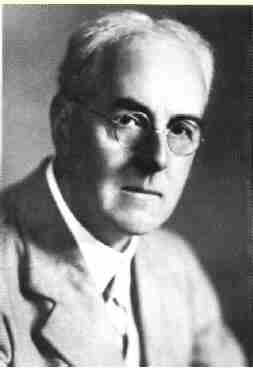

Images from the Met Office in the UK, Fair Use.
The first weather model
In Weather Prediction by Numerical Process (Richardson 1922) LFR envisaged a “Forecast Factory”.
He lived to see this realised, albeit in a different setting, on ENIAC1 by Charney, the von Neumans et al. in 1950.

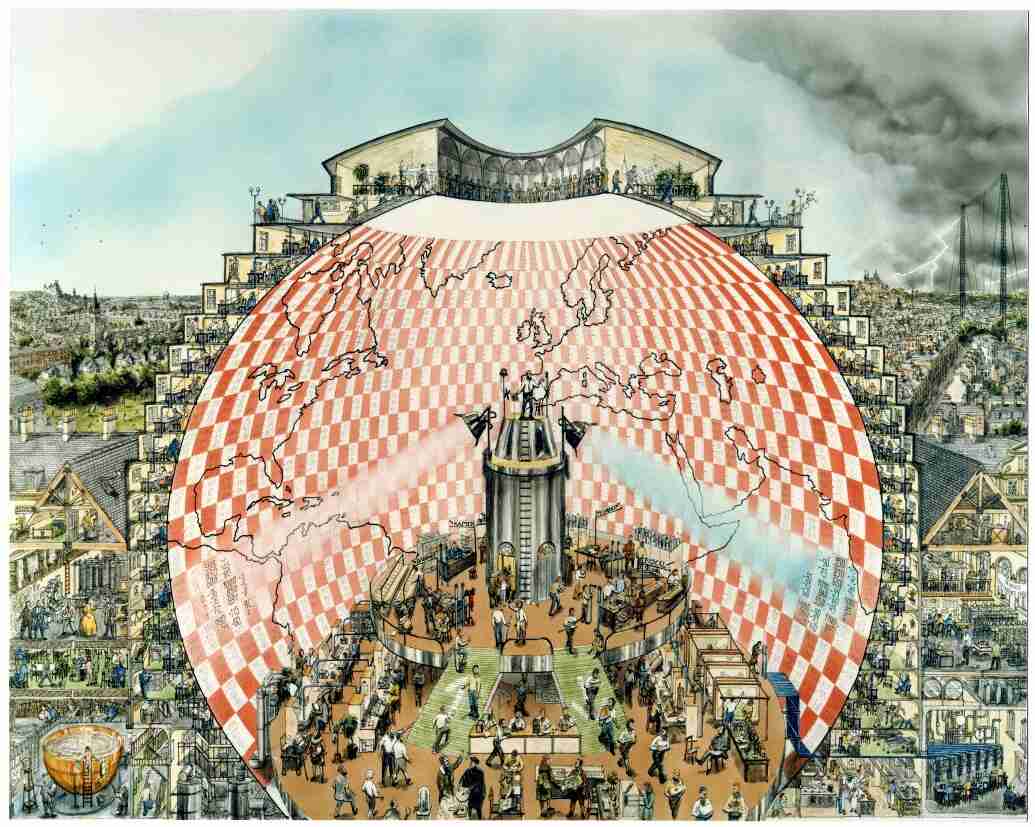
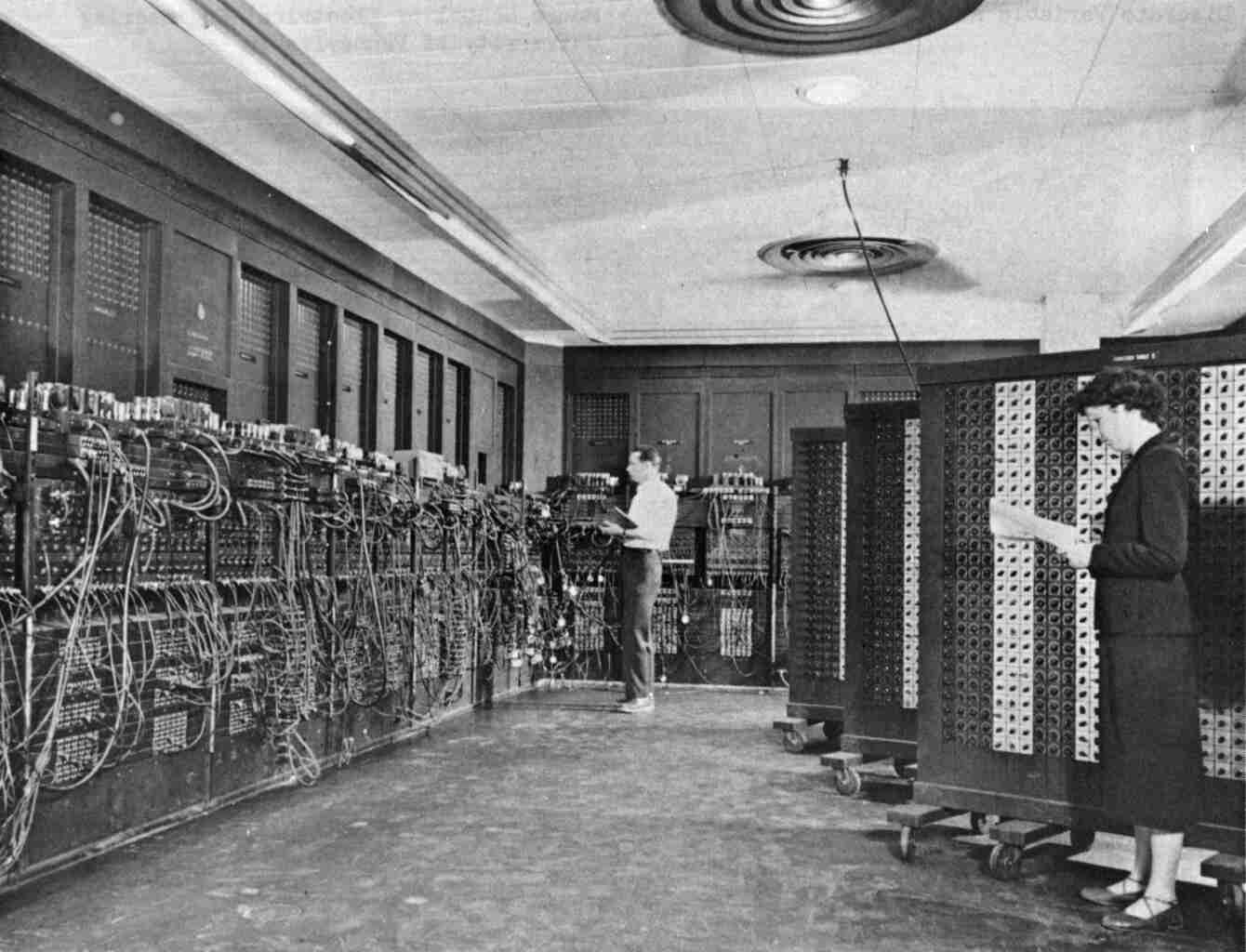
ENIAC by US serviceperson, Public Domain.
The Forecast Factory by Stephen Conlin (1986), Fair Use.
Models today
Climate models are large, complex, many-part systems.

Parameteristion
Subgrid processes are largest source of uncertainty

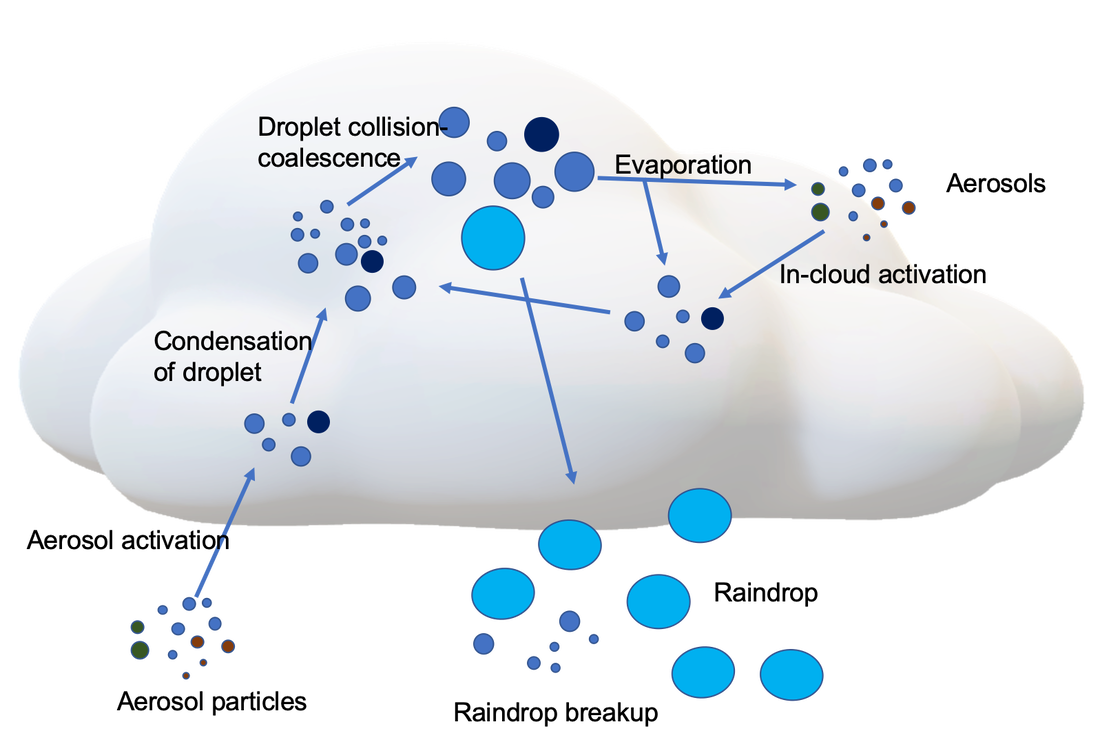
Microphysics by Sisi Chen Public Domain
Staggered grid by NOAA under Public Domain
Globe grid with box by Caltech under Fair use
Parameteristion
Subgrid processes are largest source of uncertainty


Microphysics by Sisi Chen Public Domain
Staggered grid by NOAA under Public Domain
Globe grid with box by Caltech under Fair use
Machine Learning in Science
We typically think of Deep Learning as an end-to-end process;
a black box with an input and an output1.
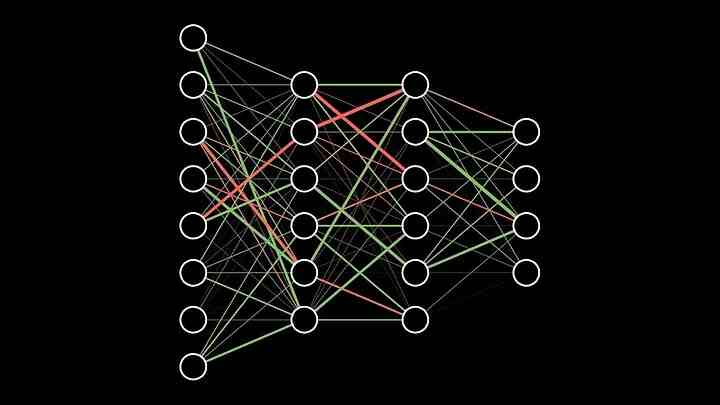
 Who’s that Pokémon?
Who’s that Pokémon?
\[\begin{bmatrix}\vdots\\a_{23}\\a_{24}\\a_{25}\\a_{26}\\a_{27}\\\vdots\\\end{bmatrix}=\begin{bmatrix}\vdots\\0\\0\\1\\0\\0\\\vdots\\\end{bmatrix}\] It’s Pikachu!
Neural Net by 3Blue1Brown under fair dealing.
Pikachu © The Pokemon Company, used under fair dealing.
Machine Learning in Science

Neural Net by 3Blue1Brown under fair dealing.
Pikachu © The Pokemon Company, used under fair dealing.
Challenges
- Reproducibility
- Ensure net functions the same in-situ
- Re-usability
- Make ML parameterisations available to many models
- Facilitate easy re-training/adaptation
- Language Interoperation
Language interoperation
Many large scientific models are written in Fortran (or C, or C++).
Much machine learning is conducted in Python.





![]()


![]()
Mathematical Bridge by cmglee used under CC BY-SA 3.0
PyTorch, the PyTorch logo and any related marks are trademarks of The Linux Foundation.”
TensorFlow, the TensorFlow logo and any related marks are trademarks of Google Inc.
Possible solutions
- Implement a NN in Fortran
- Additional work, reproducibility issues, hard for complex architectures
- Forpy
- Easy to add, harder to use with ML, GPL, barely-maintained
- SmartSim
- Python ‘control centre’ around Redis: generic/versatile, learning curve, data copying
- Fortran-Keras Bridge
- Keras only, abandonware(?)
Efficiency
We consider 2 types:
Computational
Developer
At the academic end of research both have an equal effect on ‘time-to-science’.
Especially when extensive research software support is unavailable.
FTorch
Approach
- PyTorch (and TensorFlow) have C++ backends and provide APIs.
- Binding Fortran to C is straightforward1 from 2003 using
iso_c_binding.
We will:
- Archive PyTorch model as Torchscript
- to be run by
libtorchC++
- to be run by
- Provide Fortran API
- wrapping the
libtorchC++ API - abstracting complex details from users
- wrapping the
Approach

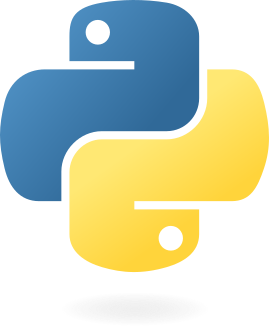

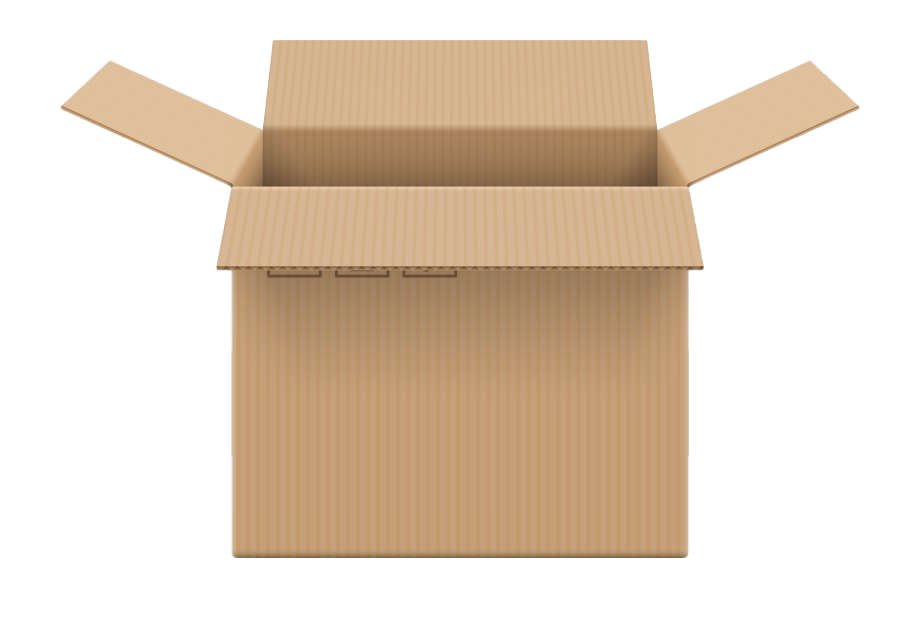

Python
env
Python
runtime



xkcd #1987 by Randall Munroe, used under CC BY-NC 2.5

Highlights - Developer
- Easy to clone and install
- CMake, supported on linux/unix and Windows™
- Easy to link
Build using CMake,
or link via Make like NetCDF (instructions included)
FCFLAGS += -I<path/to/install>/include/ftorch LDFLAGS += -L<path/to/install>/lib64 -lftorch
Find it on :
Highlights - Developer
- User tools
pt2ts.pyaids users in saving PyTorch models to Torchscript
- Examples suite
- Take users through full process from trained net to Fortran inference
- Full API documentation online at
cambridge-iccs.github.io/FTorch
- FOSS
- licensed under MIT
- contributions from users via GitHub welcome
Find it on :
Highlights - Computation
- Use framework’s implementations directly
- feature and future support, and reproducible
- Make use of the Torch backends for GPU offload
- CUDA, MPS enabled
- XPU work in progress
- No-copy access in memory (on CPU).
- Indexing issues and associated reshape1 avoided with Torch strided accessor.
Find it on :
Highlights - Computation
- No-copy access in memory (on CPU).
- Indexing issues and associated reshape1 avoided with Torch strided accessor.
Find it on :
Some code
Tensors
use, intrinsic :: iso_fortran_env, only : sp => real32
! Use the FTorch Library
use :: ftorch
implicit none
! Fortran variables
real(sp), dimension(1,3,244,244), target :: in_data
real(sp), dimension(1, 1000), target :: out_data
integer, parameter :: n_inputs = 1
integer :: in_layout(4) = [1,2,3,4]
integer :: out_layout(2) = [1,2]
! Torch Tensors
type(torch_tensor), dimension(1) :: in_tensors
type(torch_tensor) :: out_tensor
! Populate Fortran data
call random_number(in_data)
! Cast Fortran data to Tensors
! Create input/output tensors from the above arrays
in_tensors(1) = torch_tensor_from_array(in_data, in_layout, torch_kCPU)
out_tensor = torch_tensor_from_array(out_data, out_layout, torch_kCPU)Model - Saving from Python
import torch
import torchvision
# Load pre-trained model and put in eval mode
model = torchvision.models.resnet18(weights="IMAGENET1K_V1")
model.eval()
# Create dummmy input
dummy_input = torch.ones(1, 3, 224, 224)
# Trace model and save
traced_model = torch.jit.trace(model, dummy_input)
frozen_model = torch.jit.freeze(traced_model)
frozen_model.save("/path/to/saved_model.pt")
TorchScript
- Statically typed subset of Python
- Read by the Torch C++ interface (or any Torch API)
- Produces intermediate representation/graph of NN
- Including weights and biases
- Trace for simple models, script also available
Model - Loading and running
Loading
! Define a Torch module
type(torch_module) :: model
! Load in from Torchscript
model = torch_module_load('/path/to/saved_model.pt')
Cleaning up
! Cleanup
call torch_module_delete(model)
call torch_tensor_delete(in_tensors(1))
call torch_tensor_delete(out_tensor)
! Use Fortran array `out_data` elsewhere in codeGPU Acceleration
Cast Tensors to GPU in Fortran:
! Load in from Torchscript
model = torch_module_load('/path/to/saved/gpu/model.pt', torch_kCUDA, device_index=0)
! Cast Fortran data to Tensors
in_tensor(1) = torch_tensor_from_array(in_data, in_layout, torch_kCUDA, device_index=0)
out_tensor = torch_tensor_from_array(out_data, out_layout, torch_kCPU)
Effective HPC simulation requires MPI_Gather() for efficient data transfer.
Applications and Case Studies
MiMA - proof of concept
- The origins of FTorch
- Emulation of existing parameterisation
- Coupled to an atmospheric model using
forpyin Espinosa et al. (2022)1 - Prohibitively slow and hard to implement
- Asked for a faster, user-friendly implementation that can be used in future studies.
- Follow up paper using FTorch: Uncertainty Quantification of a Machine Learning Subgrid-Scale Parameterization for Atmospheric Gravity Waves (Mansfield and Sheshadri 2024)
- “Identical” offline networks have very different behaviours when deployed online.
ICON
- Icosahedral Nonhydrostatic Weather and Climate Model
- Developed by DKRZ (Deutsches Klimarechenzentrum)
- Used by the DWD and Meteo-Swiss
- Interpretable multiscale Machine Learning-Based Parameterizations of Convection for ICON (Heuer et al. 2023)1
- Train U-Net convection scheme on high-res simulation
- Deploy in ICON via FTorch coupling
- Evaluate physical realism (causality) using SHAP values
- Online stability improved when non-causal relations are eliminated from the net
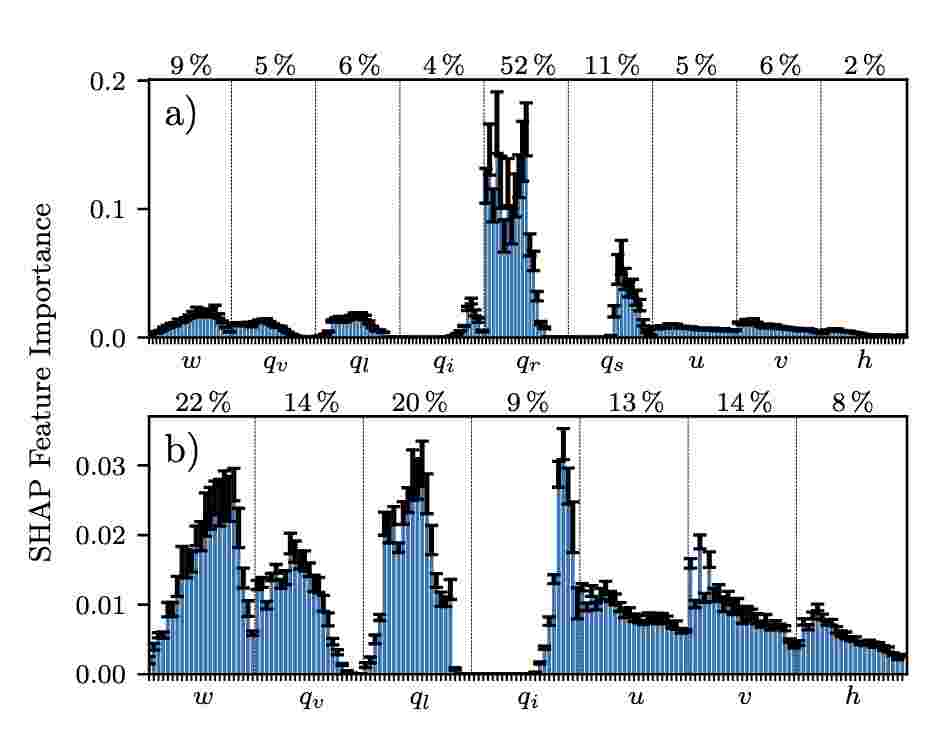
![]()
CESM coupling
- The Community Earth System Model
- Part of CMIP (Coupled Model Intercomparison Project)
- Make it easy for users
- FTorch integrated into the build system (CIME)
libtorchis included on the software stack on Derecho- Improves reproducibility

Derecho by NCAR
CESM - Bias Correction
Work by Will Chapman of NCAR/M2LInES
As representations of physics models have inherent, sometimes systematic, biases.
Run CESM for 9 years relaxing hourly to ERA5 observation (data assimilation)
Train CNN to predict anomaly increment at each level
- targeting just the MJO region
- targeting globally
Apply online as part of predictive runs
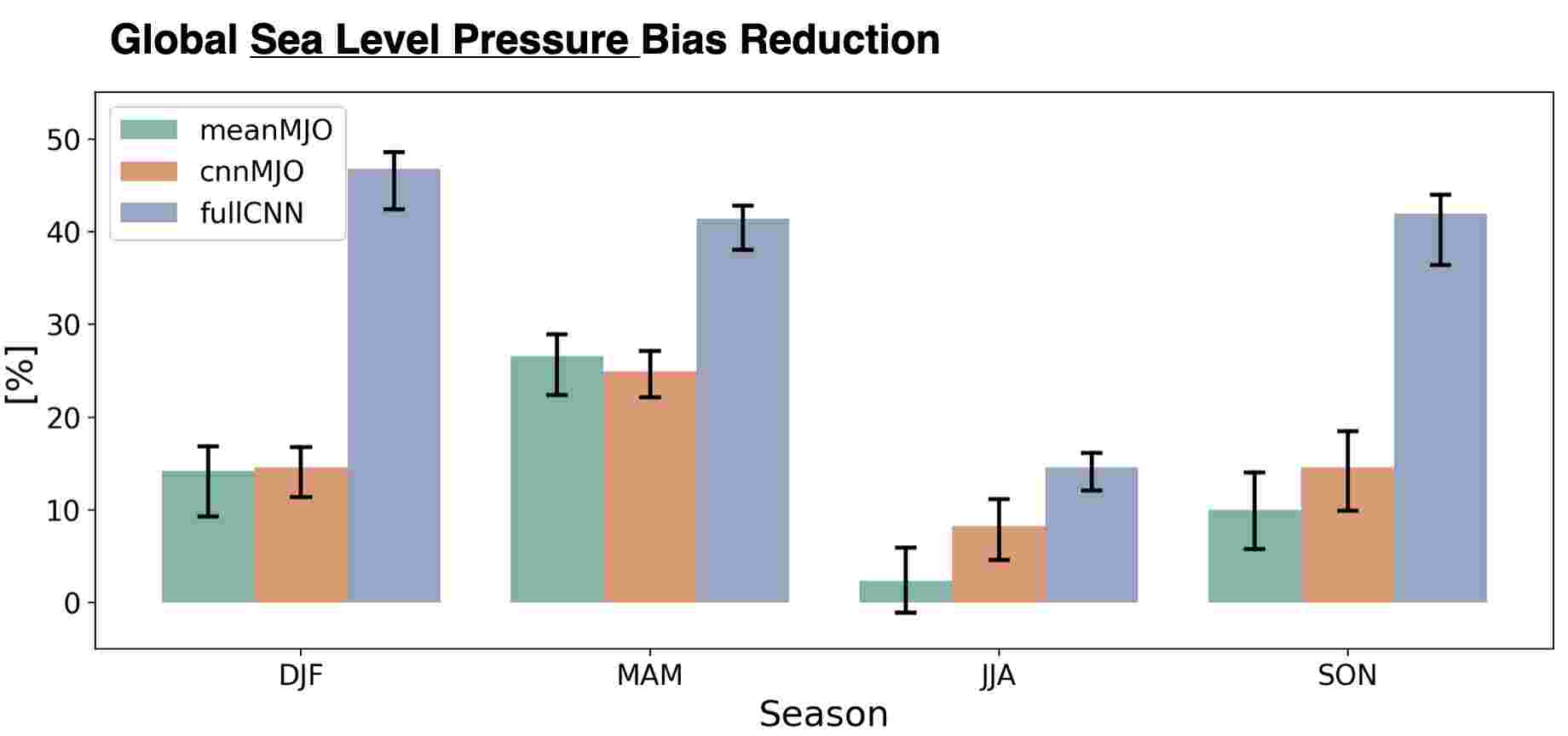
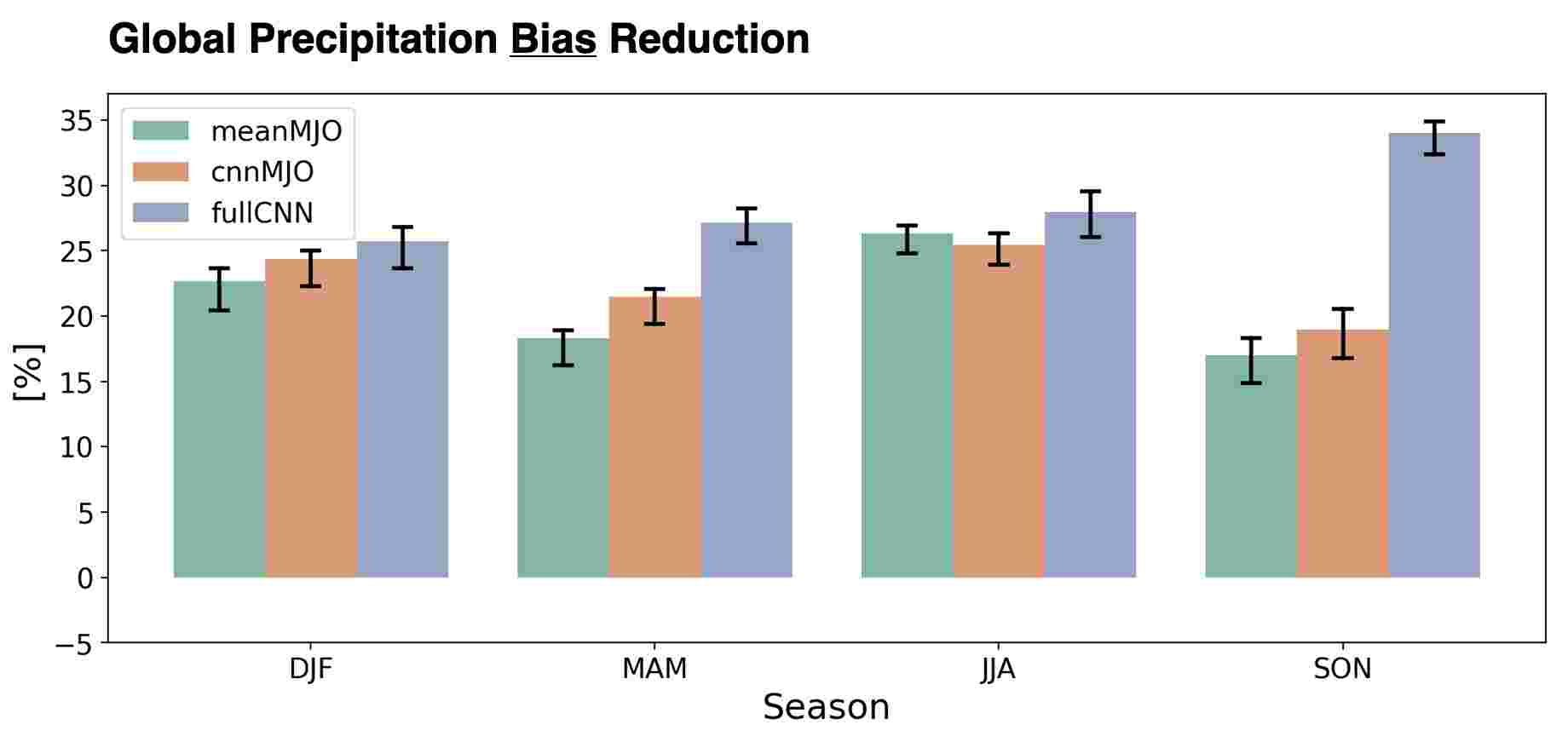
- Low hanging fruit: Don’t load model (with all its weights) at every timestep!
ML Component Design/Packaging
ML parameterisations in CAM
Convection
- With Paul O’Gorman (MIT) and Judith Berner (NCAR)
M2LInES VESRI Project - Precipitation is tricky to get right in GCMs
“too little too often” - Train in high-res. convection-resolving model
Gravity Waves
- With Pedram Hassanzadeh and Qiang Sun (Chicago) and Joan Alexander (NWRA)
DataWave VESRI Project - Gravity waves are challenging to represent accurately in GCMs
- Train in high-res. WRF model
(data-driven in future?)

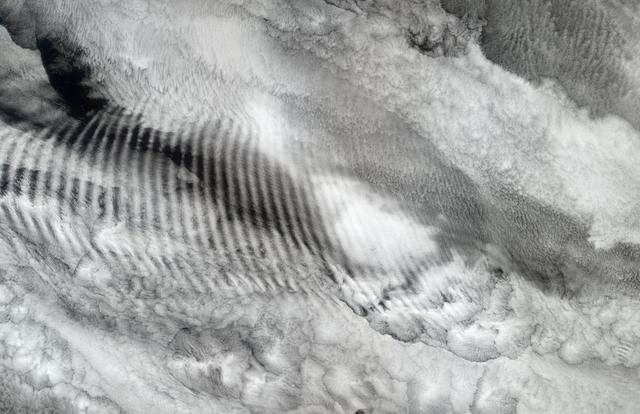
Gravity waves by NASA/JPL - Public Domain
Deep convection by Hussein Kefel - Creative Commons
The challenges
Packaging:
When ML components are developed they typically have a:
normalisation routine
neural network architecture
de-normalisation routine
Enforcing of physical constraints
- e.g. conservation laws
Several constituents to be transferred to host model.
Portability:
A neural net trained on a different model/dataset requires:
- Input data of the same format as the training model:
- grid resolution
- physical variables
- data type
to function correctly.
Convection in CAM
Neural Network model trained in SAM (Yuval and O’Gorman 2020)
- System for Atmospheric Modelling
- Convection-Resolving Model (CRM)
To be re-deployed in CAM
- Community Atmosphere Model of CESM
- Global model
- \(\Delta x \approx 100 \, m\)
- \(\Delta x \approx 50-100 \, km\)
- \(\Delta z \approx 50-100 \, m\)
- \(\Delta z \approx 10-20 \, hPa\)
- Temperature, humidity
- Energy, vapour, rain, ice
Outputs are of the form \(\partial / \partial t\) so need to apply, convert, and difference.
Software architecture for ML parameterisations
The parameterisation:
- Pure neural net core
- TorchScript net coupled using FTorch
- Easily swapped out as new nets trained or architecture changed
- Physics layer
- Handles physical constraints and non-NN aspects of parameterisation
e.g. Conservation laws.
- Handles physical constraints and non-NN aspects of parameterisation
- Provided with a clear API of expected:
- variables, units, and grid/resolution
- appropriate parameter ranges
Software architecture for ML parameterisations
The coupling:
- Host model
- Interface layer
- Passes data from/to host model
- Handles physical variable transformations and regridding
- Passes data to/from parameterisation
Summary
- Use of ML within traditional numerical models
- A growing area that presents challenges
- Language interoperation
- FTorch provides a solution for scientists looking to implement torch models in Fortran
- Designed with both computational and developer efficiency in mind
- Has helped deliver science in climate research and beyond
(Heuer et al. (2023), Mansfield and Sheshadri (2024)) - Built into CESM to allow the userbase access
- Coupling design
- Careful thought can help when coupling ML and numerics
- Adopt nested design with pure-ML core
Thanks
ICCS Research Software Engineers:
- Chris Edsall - Director
- Marion Weinzierl - Senior
- Jack Atkinson - Senior
- Matt Archer - Senior
- Tom Meltzer - Senior
- Surbhi Ghoel
- Tianzhang Cai
- Joe Wallwork
- Amy Pike
- James Emberton
- Dominic Orchard - Director/Computer Science
Previous Members:
- Paul Richmond - Sheffield
- Jim Denholm - AstraZeneca
FTorch:
- Jack Atkinson
- Simon Clifford - Cambridge RSE
- Athena Elafrou - Cambridge RSE, now NVIDIA
- Elliott Kasoar - STFC
- Joe Wallwork
- Tom Meltzer
MiMA
- Minah Yang - NYU, DataWave
- Dave Conelly - NYU, DataWave
CESM
- Will Chapman - NCAR/M2LInES
- Jim Edwards - NCAR
- Paul O’Gorman - MIT, M2LInES
- Judith Berner - NCAR, M2LInES
- Qiang Sun - U Chicago, DataWave
- Pedram Hassanzadeh - U Chicago, DataWave
- Joan Alexander - NWRA, DataWave
Thanks for Listening
Get in touch:

The ICCS received support from 
References
Strong Scaling
Wilkes3 (CSD3)
- 3rd Generation AMD EPYC 64-Core CPUs
- NVIDIA A100-SXM-80GB GPUs
Observations:
- Data transfer to GPU becomes important
- Suggest using
MPI_gatherto reduce overheads
- Suggest using
- CPU Net scales well

Benchmarking
Following the comparisons and MiMA experiments we performed detailed benchmarking to examine the library performance.









